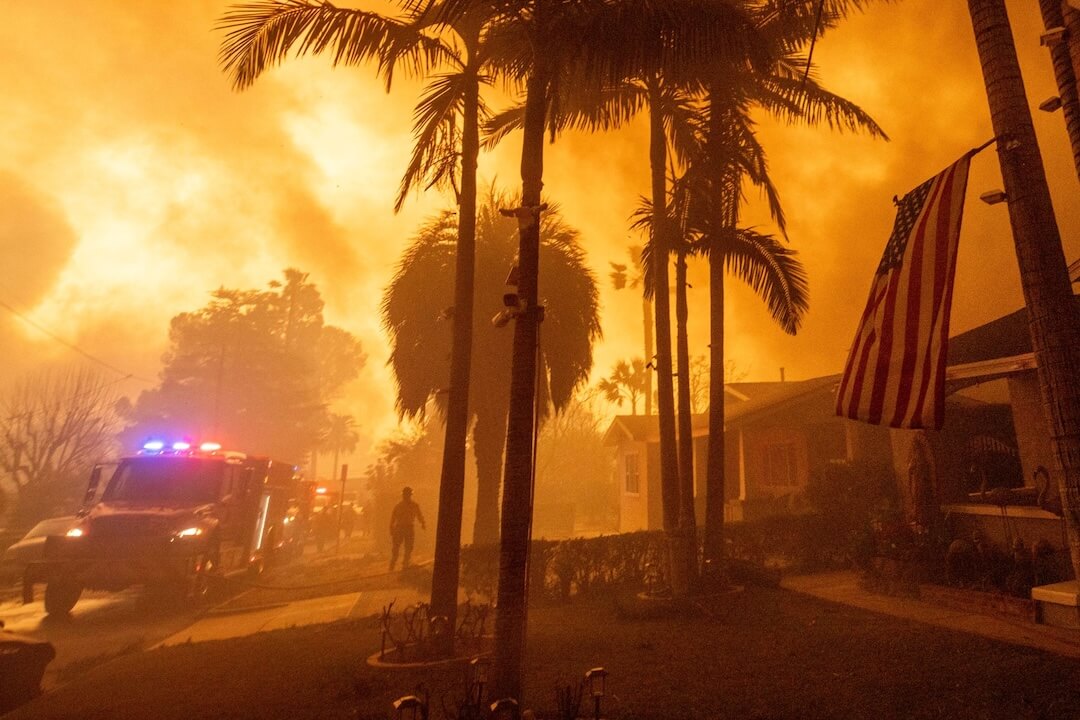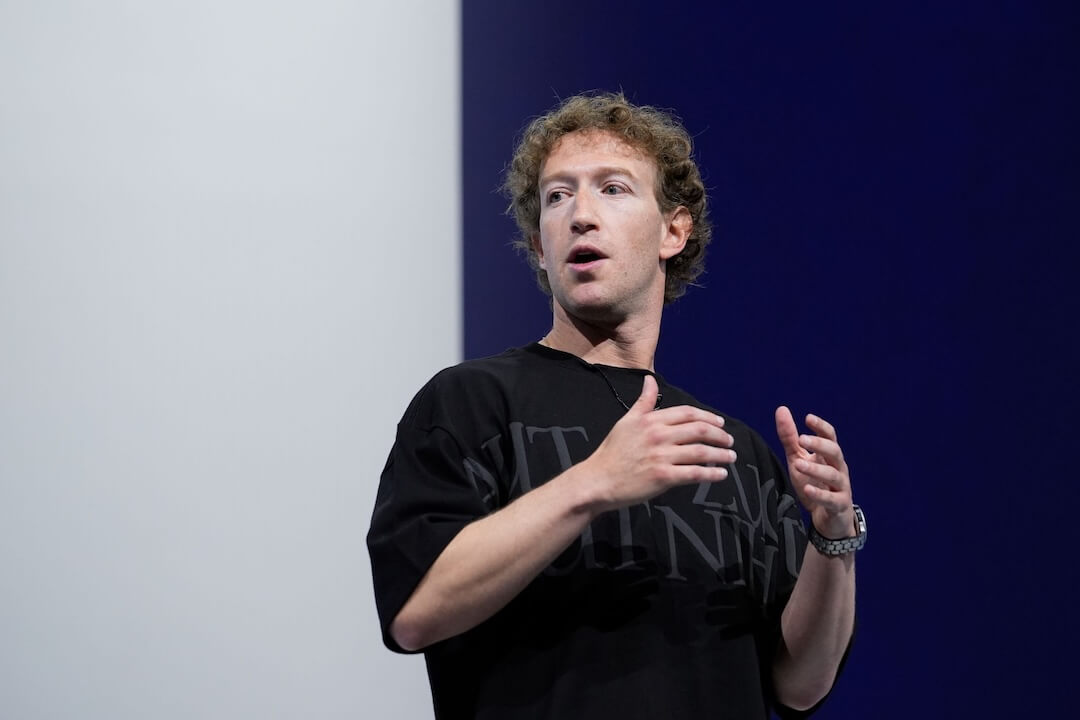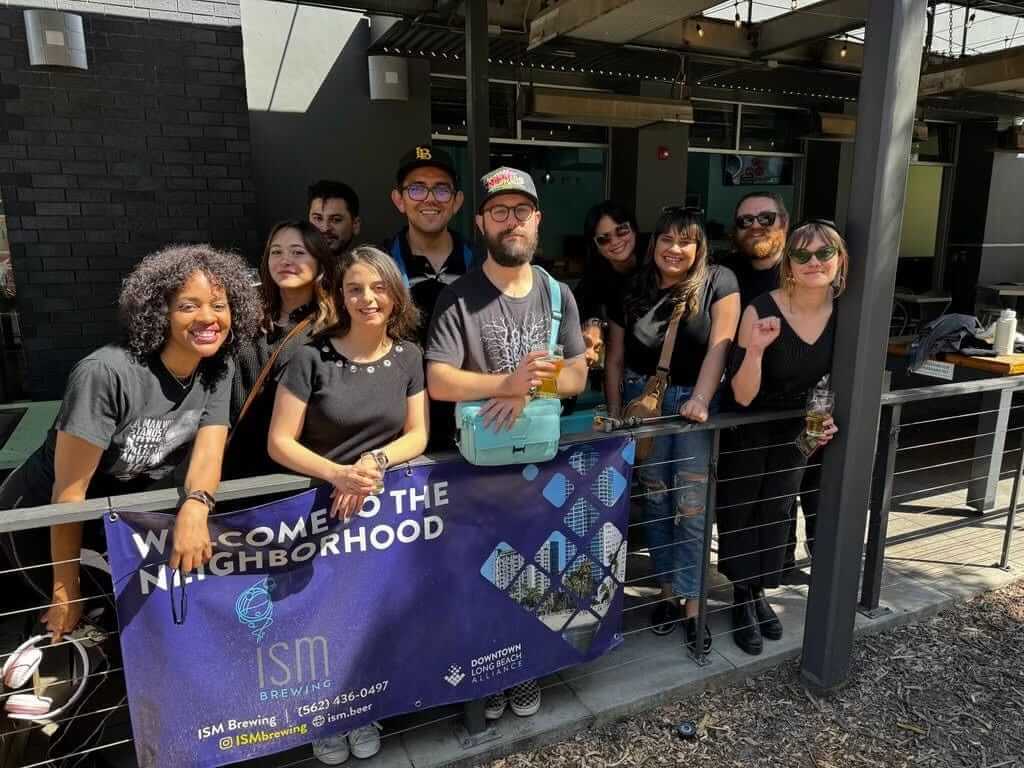Last month in Portland, Ore., the monologuist Mike Daisey presented a one-off show called “Journalism.” A confessed fabulist winging out his thoughts on the profession he debased by lying in a “This American Life” story? It was a bit rich for several reviewers.
“Daisey offered little depth or insight beyond a few soundbites,” Rebecca Jacobson wrote in a review of the show in Willamette Week. The work “suffered from a tone of persistent self-serving,” Ramona DeNies wrote in Portland Monthly. “What he was there to accomplish, though, seemed unclear even to Mike Daisey,” Winston Ross wrote in The Daily Beast.
I didn’t see “Journalism” the show, but I think Mike Daisey’s thoughts on journalism the profession are worth hearing out. Not only is the guy an avid consumer of media news, but he’s got a lot of experience with journalists, who’ve written about him and interviewed him before and after his scandal. Too few journalists see their work through the eyes of others or have to answer questions about it.
Daisey and I have been communicating occasionally since last July, when he objected to a post I wrote. We’ve tweeted and emailed since, and in April he invited my wife and me to a performance of his monologue “American Utopias” in Washington, D.C. I had a blast (as did my wife, who is a professional fact-checker). The Friday before last, Daisey and I spoke on the phone for an hour about “Journalism.”
During our conversation I noticed a few parallels between some of the circumstances our fields share, even when their motivations differ. For instance, he described “Journalism” to me as a kind of public first draft. Daisey works off outlines, not scripts, and “since there is no page and there is no writing, there is no place for the story to exist except in the air,” he said. “The net result is you don’t get the luxury of a private place to edit your thoughts.” Surely I’m not the only blogger who identifies with this working method!
Another echo: the importance of word choice. Last month’s show, Daisey told me, included a story about the Night Writer, a newspaper he wrote, edited and distributed in Etna, Maine, when he was in eighth grade. (“It was partly named after Knight Ridder and half after “Knight Rider,” he said.) Daisey described the school janitor as “Good old Mr. MacDonald” rather than “Good ol'” in a Night Writer article; MacDonald, wounded by the suggestion he was elderly, challenged Daisey to a footrace, which Daisey lost, a brutal lesson in the importance of precise writing. Daisey apologized for the word choice in a subsequent issue. “It was actually my first retraction,” Daisey said.
Our conversation was long, and like me, Daisey hates Q&As (more on that in a bit). So I’m organizing my notes from our talk into four major themes, a conceit that required me to rearrange the order of our conversation. Some of the things we discussed were in “Journalism,” others represent Daisey’s wider thoughts on the profession.
I: THE MYTH OF OBJECTIVE JOURNALISM
“The act of telling a story is a kind of violence,” Daisey said. Anyone assembling a story is “discarding all the narratives you could be telling.” So every story has a frame, whether it’s explicit or not, and a journalist has to “take inherently flawed tools — words and human thought — and you have to process them in a way where you have to tell people the truth as best as you know it to be,” he said.
Fairness, he said, isn’t the same as objectivity. Fairness has a “built-in subjectivity” about which two parties could have a reasonable argument. The goal of objectivity has a “comfort to it,” he said. “The belief that if you’re the most objective that you can be above the fray as the economic models of journalism are undergoing this incredible collapse … that objective voice gets more and more frayed.”
II: JOURNALISM SHOULD BE A NONPROFIT UNDERTAKING
Daisey said he likes to sit in on Lawrence Weschler’s journalism classes at New York University, where he’s fascinated by people paying “hideous amounts of money for a journalism degree” before they enter a job market not known for pay, benefits or job security.
“I don’t look down on those young people,” Daisey wrote me in a subsequent email. “[I]n fact, they remind me of people called to the calling of theater, who often pay hideous amounts of money to become trained enough in a thing our culture doesn’t seem to want at this moment.”
Unlike journalism’s glory days, the theater is a “grim landscape that was always grim,” Daisey said in our call. Journalism, he said, is labor, a fact he thinks gets short shrift. “That’s an inherent part of the problem: There’s this thing that everyone acknowledges we need a whole lot.” But “very few people want to pay for it. … There’s this puritanism in us that doesn’t believe that labor has any value.”
Journalism as a business “doesn’t make sense to me,” Daisey said. “People don’t believe in the nonprofit model because they want to compete, like we’re a real business. When I look at the profit numbers … clearly it’s a nonprofit.”
“Anything that requires you to have a calling to do it, it’s a nonprofit,” he said. “Honestly I think that a calling to be a journalist is a calling. The culture in this country at this time is not really into callings! … But I do think because of where they come from, the people who run those newspapers, who run those institutions, have a natural aversion to the nonprofit model.”
In 2008 Daisey mounted a show “How Theater Failed America,” which Jason Zinoman described as “a series of provocative arguments about how regional theaters, in pursuit of growth, have lost sight of their original mission: They have put more money into expensive new buildings than grooming and rewarding actors; despite lip service about promoting diversity and community, artistic directors want to keep theater as a luxury item for the wealthy; the importing of actors, mainly from New York, has divorced theaters from their communities.”
“The biggest fans of that show were journalists, and they would tell me how the show reminded them of their industry,” Daisey said. (Zinoman quoted a theater executive who said “I found some of his points very bracing, but the solutions were facile and often naïve.”)
III: SOMETIMES THERE’S NO MEETING IN THE MIDDLE
“There are a lot of dualisms in our culture,” Daisey said. Left/right, good/bad, etc.: “The inherent problem is it’s really hackable,” he said. “The classic example is global warming,” where some news organizations feel they have to give equal weight to the views of those who think it’s not real. “It causes peoples’ opinions to be drafted to the center…and a decision for stasis,” he said, works in favor of entrenched interests.
“Not every issue can be solved by meeting in the middle,” he said. “That’s a byproduct of cynicism born of this age.”
IV: Q&As STINK (AND WHY THAT’S IMPORTANT)
“One area of journalism I know really well is the interview,” Daisey said. “I realized most journalists haven’t been interviewed.” And thus, few know what it’s like to see their thoughts represented incorrectly. Even fewer know what it’s like to see their thoughts represented far too well.
Publications don’t necessarily face space constrictions online, and because writers have to do more than ever, anyone coming off a long interview with a loquacious fellow like Daisey has every motivation to dump their notes into a loosely edited Q&A.
“What crazy human is going to read this terrible, rambling piece of crap,” Daisey asked rhetorically. “If you are going to actually write an article,” he said, write it.








Comments